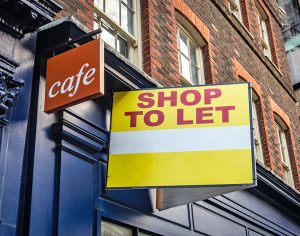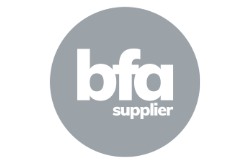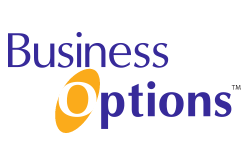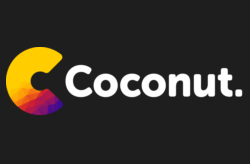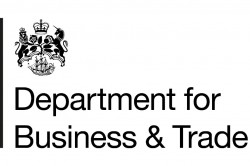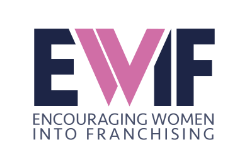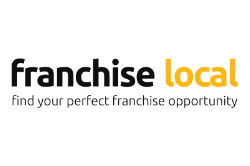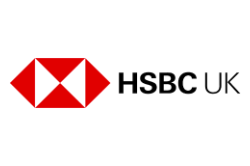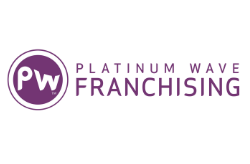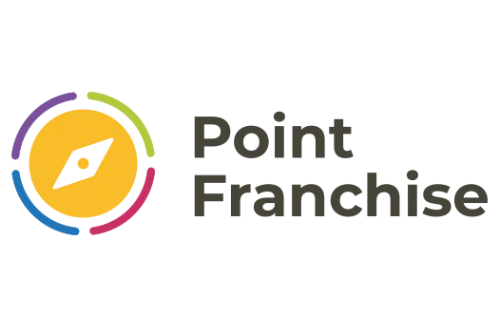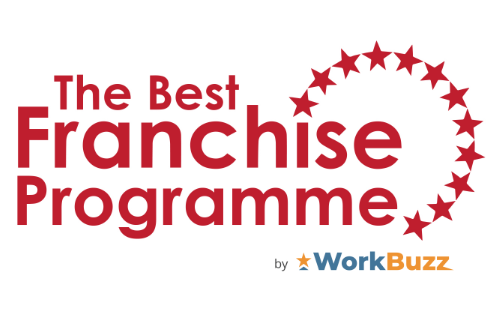Last month we looked at some of the tools in the franchisor’s armoury that can protect the brand and system. This month, we take a more detailed look at registered trademarks.
What can be registered?
Whilst most names and logos can be protected, there are some exceptions. A name can’t be registered if it’s offensive or otherwise against the public interest. Secondly, it can’t be a name that is a description of what the business does. For example, “Orange” couldn’t be registered as a trademark for the fruit but is entirely acceptable as one for the mobile phone provider.
Typically more troublesome is the requirement that a trademark must be distinctive. A mark wont be registrable if it’s the same or too similar to an existing trademark or if it’s part of the general language around those goods and services. For this reason, words which are not related to the goods and services generally make better trademarks. Think Apple for computer hardware. Made up words, like Nescafe for coffee or Opodo for travel services are even better as they’re likelier to be unique and less likely to be in use.
Sometimes, a word which on its own is not sufficiently distinctive can qualify as a trademark if it’s combined with a distinctive logo. However, this arrangement must be used with care. Starbucks had a trademark consisting of the word now with a sun or star logo over the O. When it tried to sue BskyB for infringement for using NOW TV, BskyB successfully counter-claimed that the Starbucks mark was invalid because it lacked distinctiveness.
Shapes, smells and slogans
Although trademarks are most commonly a word, logo or combination of the two, they’re not limited to this. Any sign which distinguishes goods or services can theoretically be registered. For example, slogans like Kit Kat’s “Have A Break”, sounds like the Intel Inside’s jingle, colours like Cadbury purple, actions like the Asda tap-of-the-back-pocket, moving images, shapes of products or packaging like the Toblerone pyramid or even smells are capable of registration. Having said this, the mark must be clearly and accurately described on the register, which can be a challenge for sounds, smells and less conventional marks.
Rights and exploitation
Successful registration gives the trademark owner the exclusive right to use that name in relation to their goods and services. There is also protection against the use of similar names in relation to the same or different goods and services if members of the public are likely to be confused between the two brands.
A registered trademark is a piece of intellectual property that can be sold or licensed for use by others, for example in a franchise agreement. It can therefore be a valuable piece of property. However, the value can easily be eroded if the trademark isn’t properly enforced.
For example, a trademark can be removed from the register if it falls into common use. A good example of this is the brand Hoover which became a generic term for vacuum cleaners. So it is vital that trademark owners police their brand and take prompt action against infringers.
It is also important to ensure that the mark is kept up-to-date. Only the form of the mark as registered is protected, so if the brand or logo evolve and change over time, the latest version needs to be registered. Equally, if the scope of goods and services supplied under the trademark change, new applications may be required to extend protection to the new types of goods and service.
Once granted, trademarks can be renewed indefinitely as long as they continue to be used. However, anyone can apply to have a trademark removed from the register if it’s not being used or if it’s not distinctive.
International protection
Trademarks are territorial rights that only offer protection in the specific countries where they are registered. This can be challenging for international franchise networks. Fortunately, there are several options available when international protection is required.
If a network operates in a small number of countries, it may be appropriate to submit individual applications in each local country. This has the advantage that each application is independent and so if the application in one country fails or is delayed, it wont affect the other countries. But the disadvantage is that depending upon the number of countries involved, costs and the time required to deal with multiple applications can quickly escalate.
A European Union Trademark (EUTM) is an option for networks that require protection across Europe. The EUTM involves submitting a single application which is then forwarded by the central body to all EU member states. This is a convenient way of establishing international protection. Although, be warned that if the application fails in any one member state, the entire application across all states will fail.
The EUTM is available until at least Brexit. Current proposals are that they will continue to apply during a transition period ending in December 2020 and that thereafter, holders of EUTMs will automatically be granted a comparable right which is enforceable in the UK.
Overall, registering a trademark can be a very effective and affordable way of protecting a brand. However, it’s not a “set it and forget it” solution. To get the most out of a trademark, it’s important to manage the portfolio and enforce the owner’s rights. This should include periodically reviewing the marks used in the business and registering any new names, logos or slogans as required. Similarly, trademark owners should watch out for renewal dates, any marks that are not currently in use, any marks that are losing their distinctive character and any action needed to be taken against third party infringers or new applications for similar marks.

Kate Legg
After more than a decade advising other business owners, Legg has recently fulfilled a long held ambition and become one herself. Now the founder, director and CEO of Komerse, a legal practice specialising in commercial law and franchising, Legg is clearly practising what she preaches.

Kate Legg
After more than a decade advising other business owners, Legg has recently fulfilled a long held ambition and become one herself. Now the founder, director and CEO of Komerse, a legal practice specialising in commercial law and franchising, Legg is clearly practising what she preaches.




